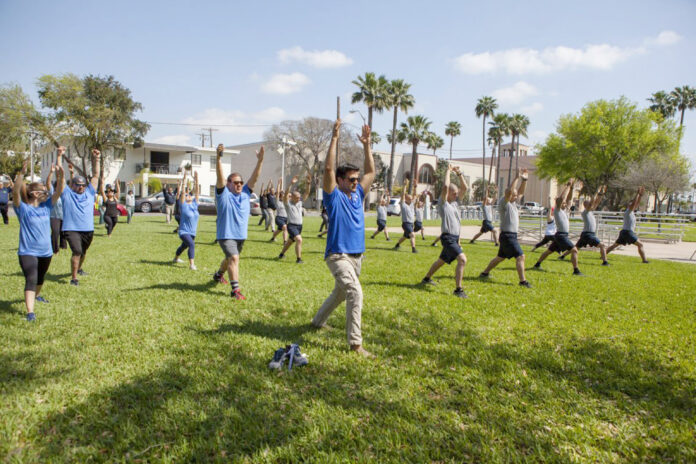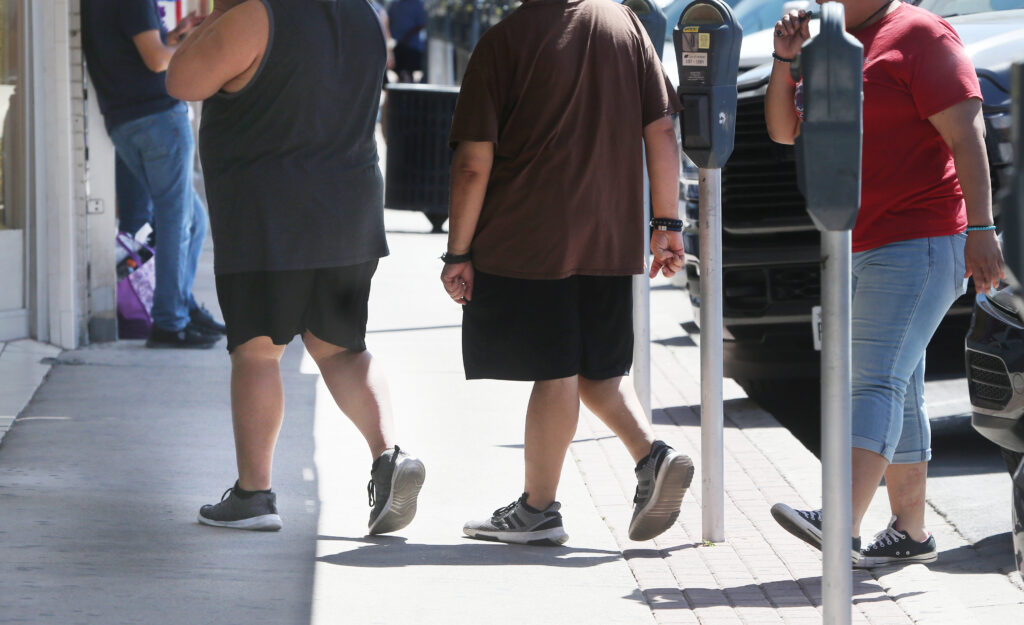
An annual list of the nation’s most overweight cities was released Monday and, once again, the Rio Grande Valley has topped the list.
The McAllen-Edinburg-Mission metro area has ranked first on a list of the “fattest” cities in America released by WalletHub, a personal finance website that offers credit scores and reports. The ranking also comes after several years that the city of McAllen has particularly worked to reverse the trend, holding community-wide fitness events and winning the It’s Time Texas Community Challenge, which encourages healthy living.
The Valley’s position on the top of the list was based on having the highest percentage of obese adults, the highest percentage of physically inactive adults and the fourth highest percentage of diabetic adults.
The company said their methodology consisted of comparing 100 of the most populated U.S. metro areas across three dimensions: obesity and overweight, health consequences, and food and fitness.
“We evaluated those dimensions using 19 relevant metrics,” WalletHub wrote in their description of the methodology. “Each metric was graded on a 100-point scale, with a score of 100 representing the ‘fattest.’”
Dr. Ivan Melendez, the Hidalgo County health authority, acknowledged the local population, overall, tended to have a higher rate of obesity than the rest of the country but said that was due to various factors.
“We’re certainly among the top population for obesity in the entire country,” Melendez said. “Our people tend to be of less stature and they have full bodies; our diet consists of a very high starch, carbohydrate diet.”
In addition to genetic predisposition and the culture of consuming foods with a high amount of calories and starch, Melendez said the area had among the highest rates of poverty.
“And so we have a genetic predisposition, we have a poverty issue making quality food extremely expensive, we have a high incidence of alcohol use which is also high in calories, and our utilization, also, of exercise facilities are somewhat limited,” Melendez said. “So yeah, I think we have a perfect combination that would lead us to be — if not number one which I can certainly believe that — among the highest.”

Shoppers walk downtown McAllen on Tuesday.
The health problems that can accompany obesity also played a role into the severity with which the COVID-19 pandemic affected the Valley.
“If you look to see our mortality numbers for COVID, which at one point were among the highest in the nation, percentage-wise, it makes sense,” Melendez said.
“Because of our obesity and diabetes, some of our people cannot even form an appropriate immune response to vaccinations,” he said. “Up to 6 to 8% of people that got vaccines and never produced antibodies because they’re not able to do it because of their immune system.”
While the number of COVID-19 hospitalizations in Hidalgo County has dramatically decreased over the last several weeks, people continue to die due to complications related to COVID and about 6-8% of all hospital capacity continues to be filled by COVID patients, according to Melendez.
“We have over 200,000 people in our community that have not been vaccinated,” he added. “We have a very large young population — the average age in Hidalgo County is 29 years of age. That’s traditionally the age groups that have the least vaccination compliance rate.”
Those factors, among others, are likely what contribute to why Hidalgo County continues to have a high community level of COVID-19, as designated by the Centers for Disease Control and Prevention.
The CDC determines community levels by new COVID admissions per 100,000 population over the past seven days, the percent of staffed inpatient beds occupied by COVID patients, and the total new COVID cases per 100,000 population over the past seven days.
To try to prevent severe cases of COVID-19 that may be made worse due to comorbidities, Melendez said there needed to be an increased focus on wellness programs to control diabetes and hypertension, as well as obesity.
“We need to establish a priority for wellness programs,” he said. “We need to champion those programs in the business community, the city and county communities so that we can establish wellness programs at work, so we can identify those workers that will really benefit.”
He said those programs also need to be established in the community for people who may be unemployed so they can have a pathway to afford better food and afford to seek medical care.
“One of the lessons that we learned during the pandemic, probably the most important lesson that we learned, was that we need to establish a higher priority on wellness programs, on controlling diabetes, on controlling hypertension, on controlling obesity,” Melendez said, “because those people that were uncontrolled were the ones that suffered the most.”



